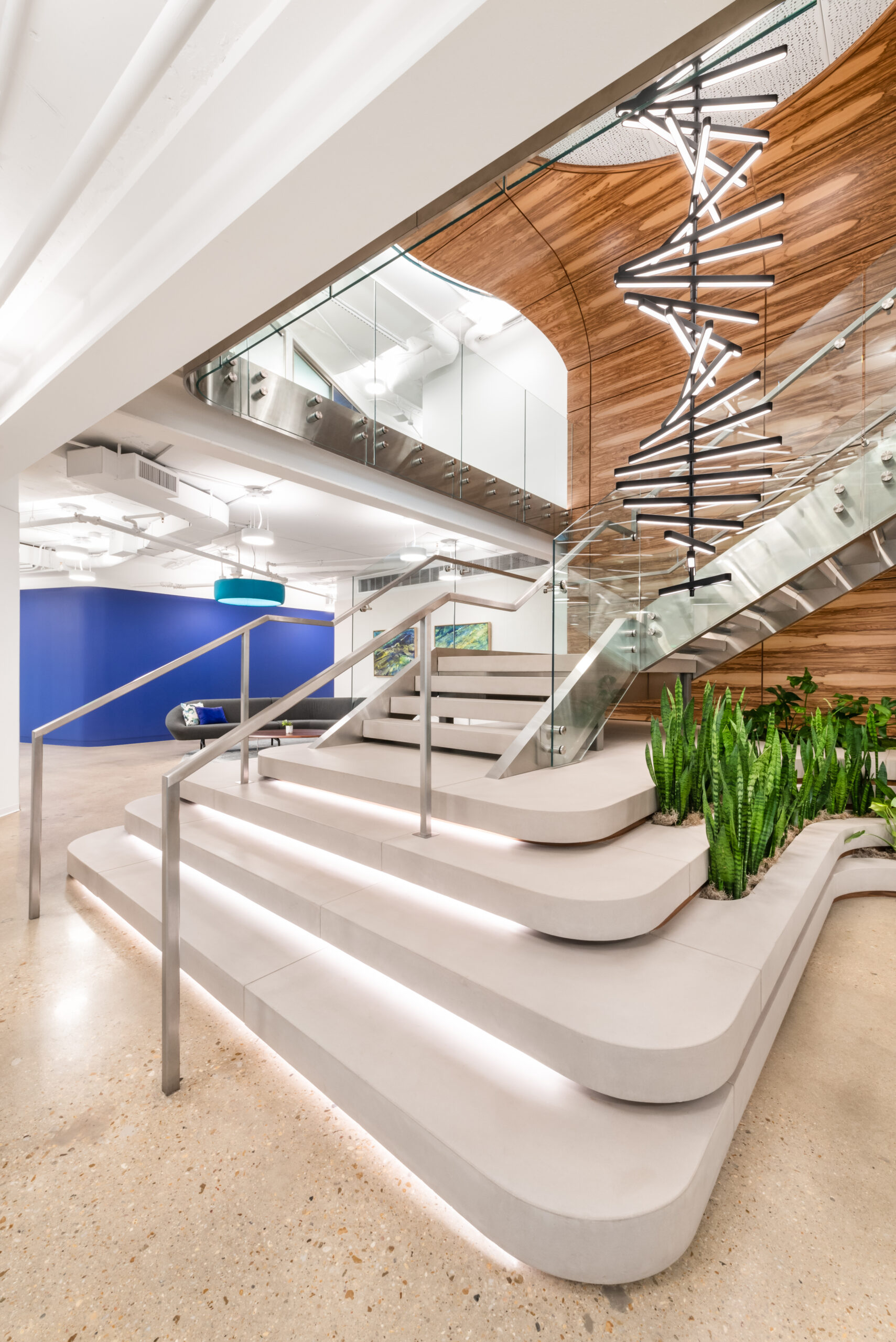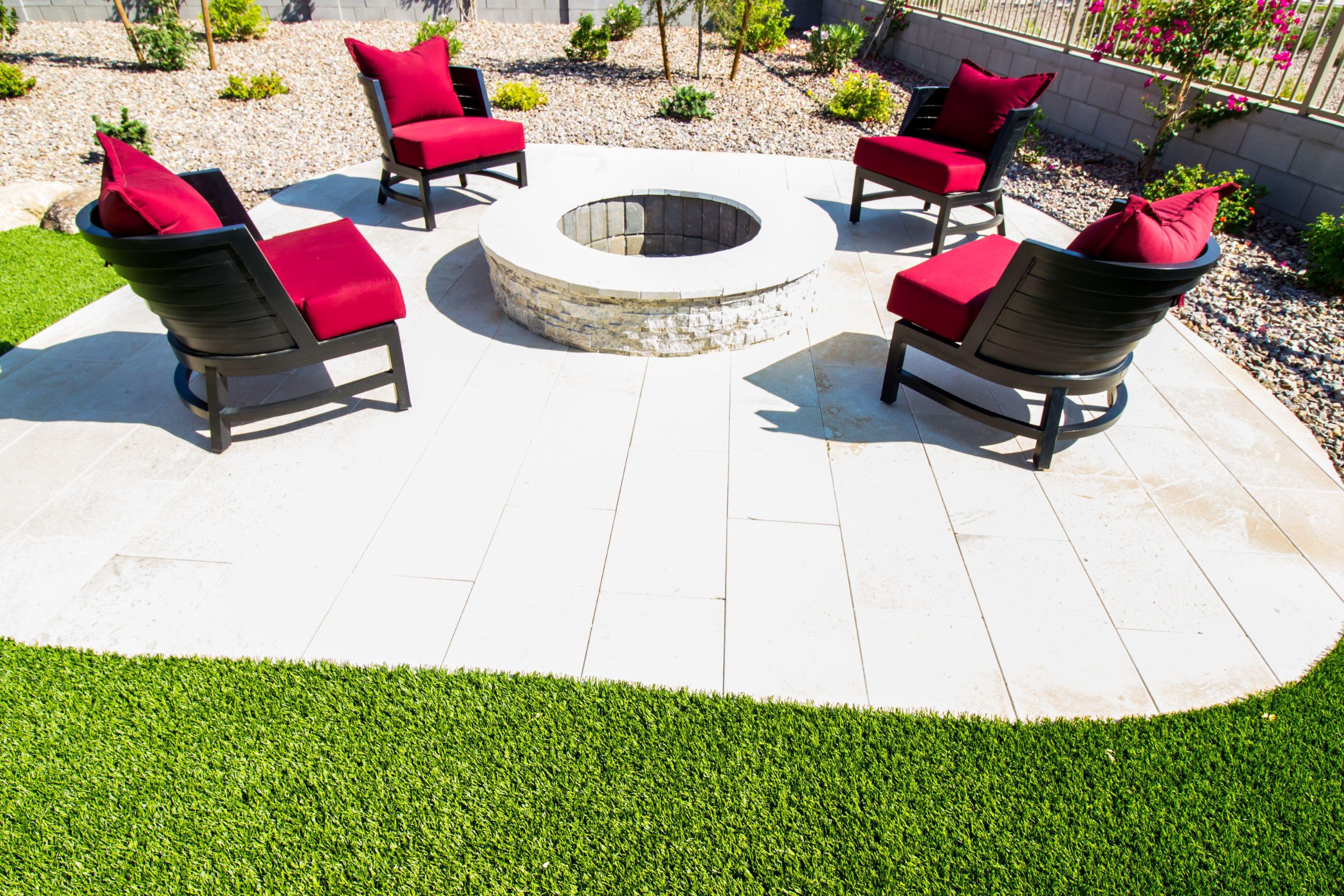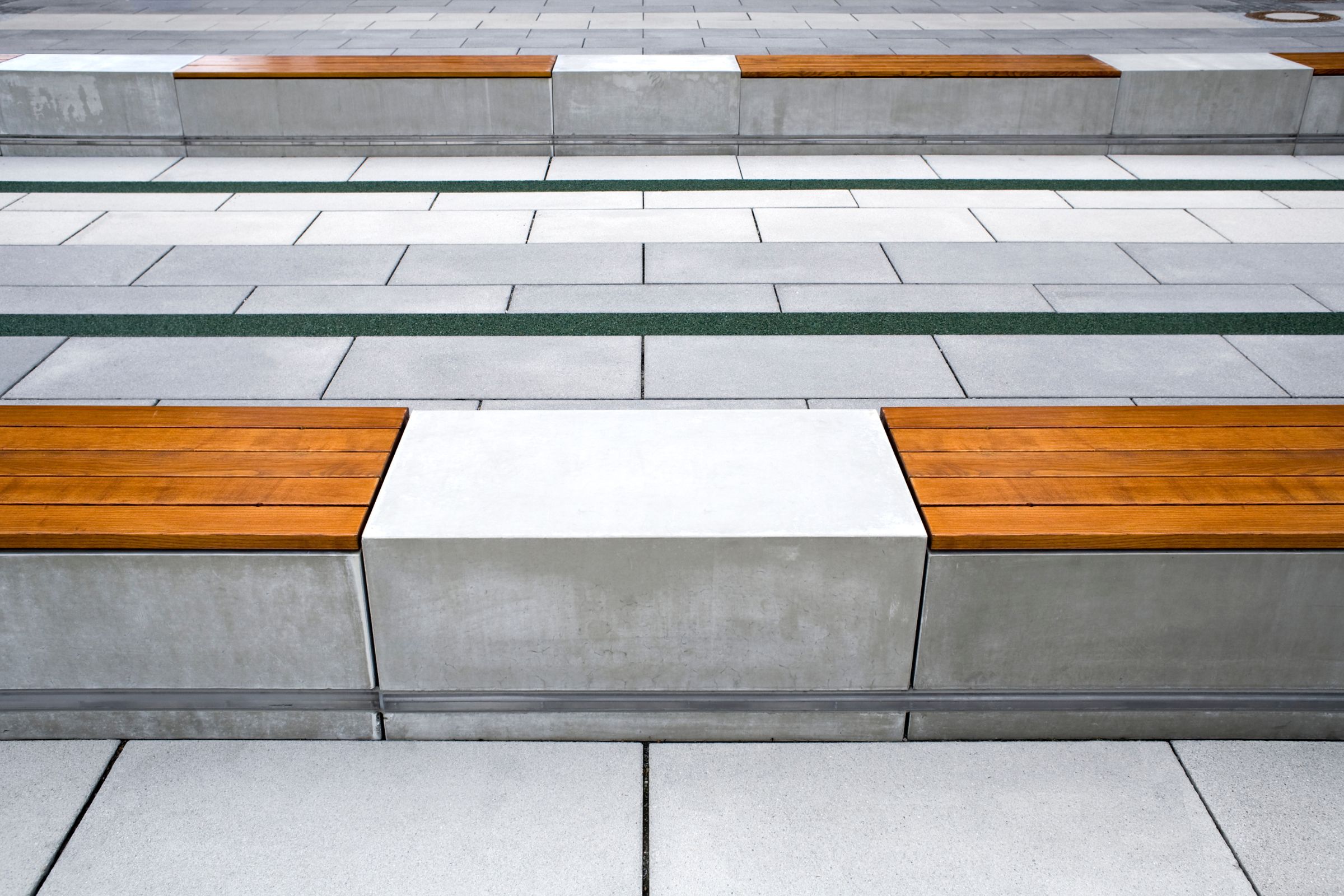Concrete has long been valued for its strength and utility in construction—but modern design is uncovering something more. Architects, artists,…

Concrete might not be the first material that comes to mind when you think of nature-inspired design, but that perception is quickly changing. Today’s architects and designers are reimagining concrete as a medium for connecting built environments with natural elements. From textured surfaces that echo the patterns of wood and stone to custom forms that reflect the flow of landscapes, concrete is taking on a softer, more organic role in modern architecture.
The New Face of Concrete Design
In the past, concrete was often associated with cold, industrial settings. But recent design innovations have given rise to a new approach—one that embraces warmth, texture, and natural inspiration. Organic concrete refers to concrete applications that feature earthy tones, curved lines, and surfaces that mimic organic materials like bark, sand, or water. It’s about using a material traditionally seen as rigid to create something that feels fluid and connected to its surroundings.
Why Organic Concrete is Capturing Attention
There’s a growing desire among designers and clients alike for spaces that feel rooted in nature. Organic concrete helps fulfill that desire by offering a raw yet refined aesthetic. It can be used to complement natural materials such as wood and stone or act as a standalone feature that introduces texture and interest. The result is an atmosphere that feels calm, grounded, and timeless.
From exterior cladding to custom concrete furniture, these design-forward applications of concrete give spaces a sense of authenticity and individuality.
Applications of Organic Concrete in Design
- Board-Formed Wall Panels: Mimicking the texture of wooden planks, these panels bring warmth and dimension to both interiors and exteriors.
- Curved Concrete Furniture: Coffee tables, benches, and countertops designed with soft, flowing edges for a more natural feel.
- Landscape Integration: Concrete planters, pavers, and benches that blend seamlessly with greenery and natural terrain.
- Water-Inspired Surfaces: Finishes that replicate the ripples and patterns of moving water, often seen in bathroom sinks or decorative panels.
Craftsmanship Behind the Finish
Creating organic concrete elements requires a high level of craftsmanship and a deep understanding of both the material and design intent. Every texture and curve must be carefully considered and executed. It’s a fusion of technical precision and artistic expression—something Concrete Works East is known for delivering.
Final Thoughts
As architecture continues to evolve, materials like concrete are being pushed beyond their traditional boundaries. The rise of organic concrete design reflects a deeper shift toward spaces that balance innovation with nature. Whether used in a subtle finish or as a bold sculptural element, organic concrete proves that even the most industrial material can be transformed into something beautifully human and harmonious.



